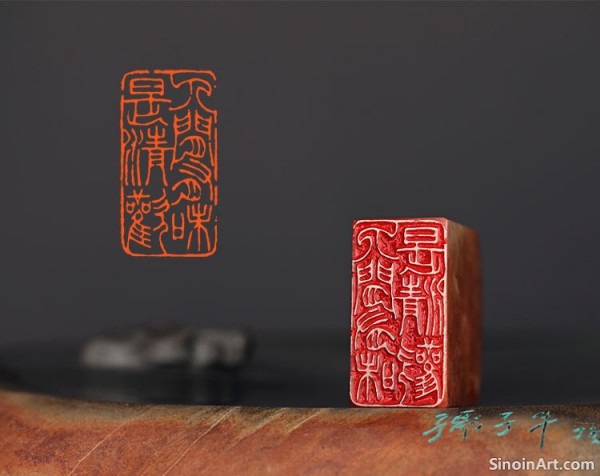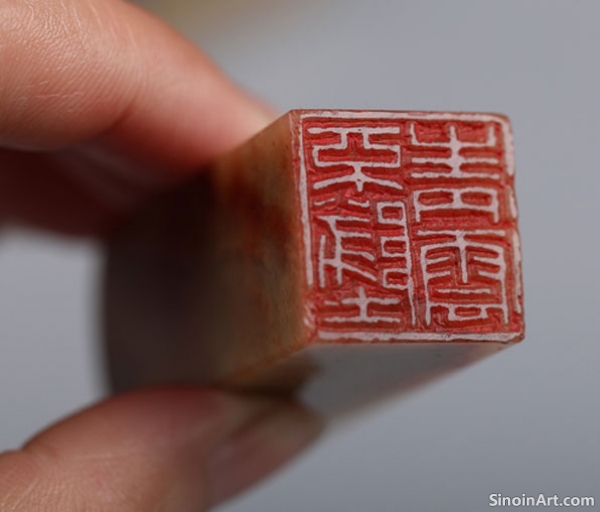Seal Carving Around the World: Cross-Cultural Influences
|
While deeply rooted in Chinese culture, seal carving has also influenced and been influenced by other cultures around the world. Its reach extends beyond China, where artists and enthusiasts worldwide have adapted and interpreted the art form in their own unique ways, highlighting its versatility and universal appeal. The appeal of seal carving transcends cultural boundaries. It has influenced and been influenced by various cultures.  The influence of Chinese seal carving can be seen in the art of other East Asian countries, such as Japan, Korea, and Vietnam. Artists in these countries have adapted the techniques and styles of Chinese seal carving to suit their own cultural contexts. This exchange shows the reach and impact of Chinese art forms. It is an exchange of cultural ideas and values.  Artists in other parts of the world have also embraced the art of seal carving, experimenting with new materials, themes, and approaches, while respecting the core principles of the tradition. This global interest demonstrates the universal nature of art and creativity. The adaptations of these techniques and principles are a testament to this.  The accessibility of information and online resources has contributed to the international reach of seal carving. The ability to learn about traditional methods online has made it more accessible than ever before. This makes it possible for artists to share their work with others and collaborate with artists around the world. Cross-cultural exchange has brought a fresh perspective and innovation to the art of seal carving. Artists are now using a variety of materials, techniques, and styles to express their own cultural identities. It has broadened and diversified the approach to the art form. The new interpretations have enriched the artistic vocabulary. In essence, the global spread of seal carving is a testament to its enduring appeal and its ability to transcend cultural boundaries. It is a living art form that is constantly evolving and adapting through cross-cultural exchange and collaboration. The future of the art form is likely to be shaped by this exchange. It continues to evolve and adapt through global interactions. |
Tag : Seal Carving Global, Cross-Cultural Art, International Art, East Asian Influence, Art Exchange
Related information
- Materials Used for Studio Seals: From Stone to Jade and Beyond
- Seal Carving in Painting and Calligraphy: A Finishing Touch
- The Tools of the Trade: Seal Carving Equipment Explained
- Characters and Inscriptions on Collector's Seals
- The Materials of Collector's Seals
This article explores the diverse range of materials used in the creation of studio seals, including different types of stones, jade, and other less common materials, examining their aesthetic qualities and practical advantages.
This article explores the use of Chinese seals as a finishing touch in painting and calligraphy, emphasizing their role in composition, authentication, contrast, and expressing symbolic meaning.
Discover the specialized tools used in Chinese seal carving, from knives and chisels to files and brushes. Learn about their purpose and how they contribute to the creation of these miniature artworks.
The characters and inscriptions on collector's seals often provide valuable information about the collector, their interests, and their relationship to the artwork or object being marked. The text included on the seals often conveys important information about the collector’s personality and preferences.
The materials used to create collector's seals can range from the humble to the luxurious, reflecting the owner’s financial status and artistic preferences. The material used in a seal often serves to signify the wealth and prestige of the collector.